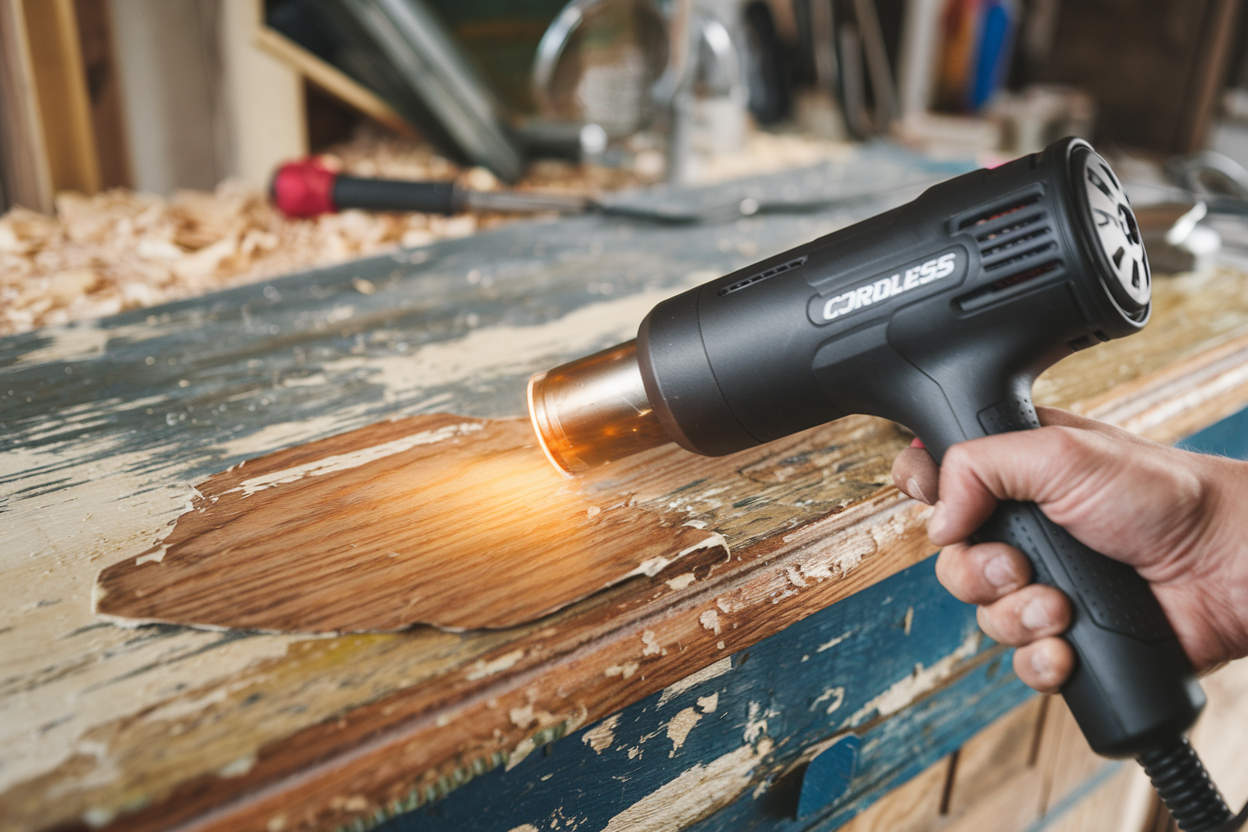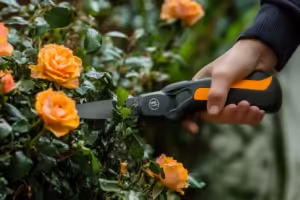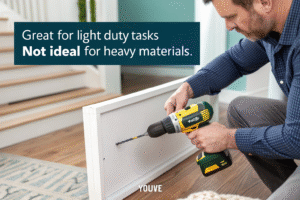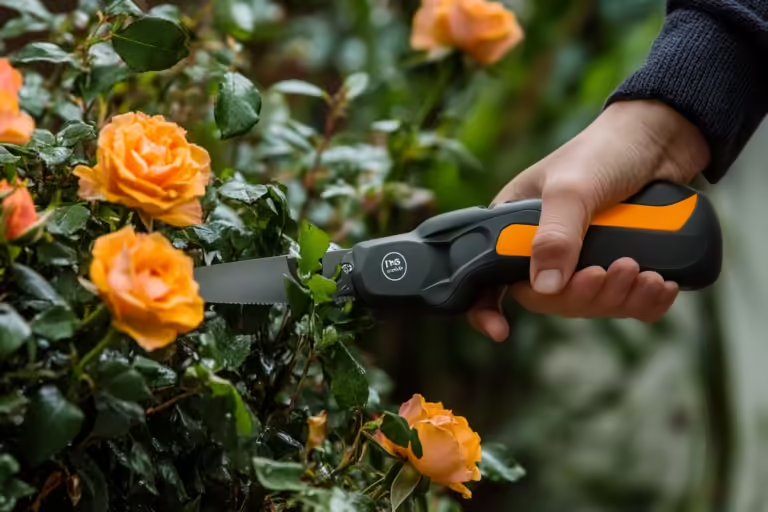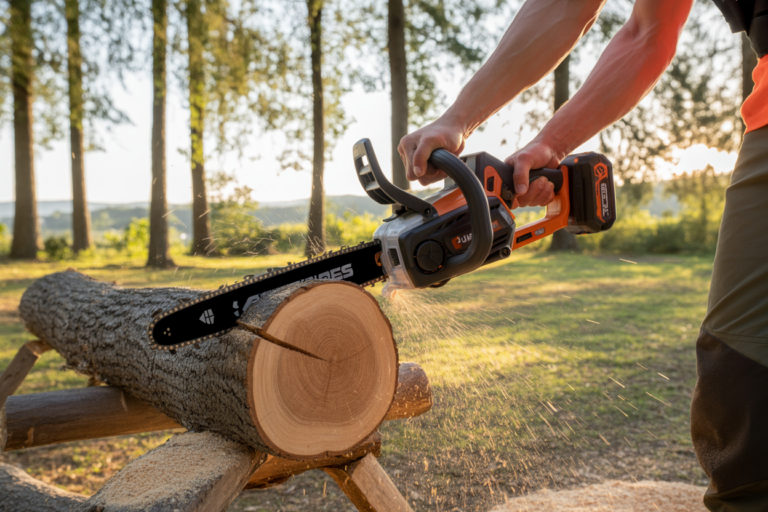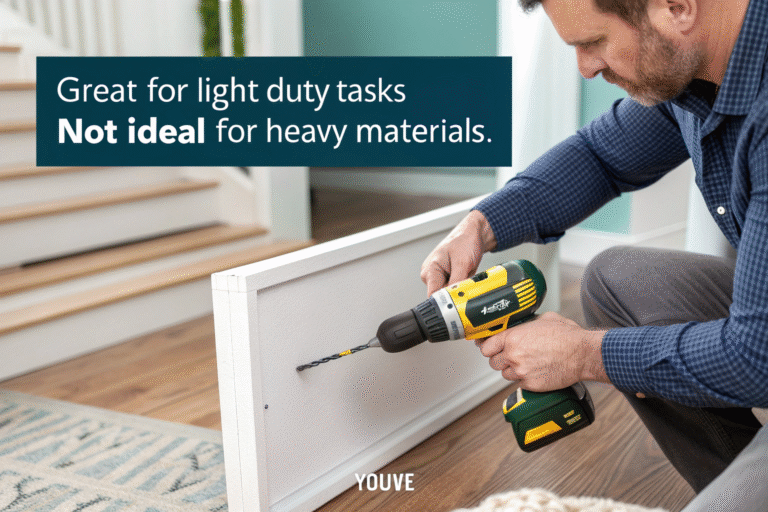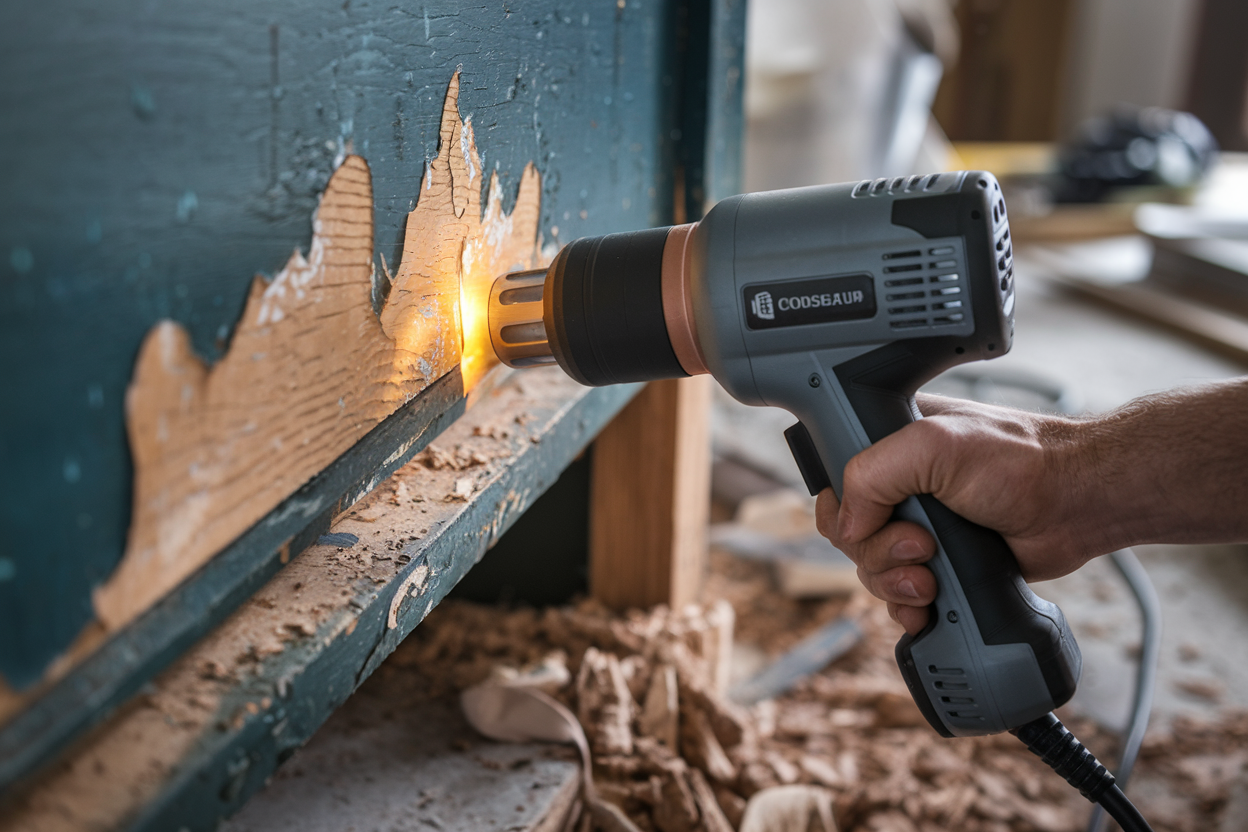
Heat guns are everywhere these days, and if you're like me, you’ve probably wondered just how useful they really are. I mean, are they worth it? Let’s find out.
Heat guns are incredibly versatile tools used for removing paint, thawing pipes, and even crafting. Their cordless versions offer portability, making them perfect for on-the-go tasks.
But, not all heat guns are created equal. I’ve had my fair share of surprises with these tools, so let’s dive deeper into what makes them tick—and why cordless options might just be the future of heat guns.
What are the top uses for a heat gun?
You might be surprised to learn just how many tasks a heat gun can handle. It’s like having a little powerhouse in your hands.
Heat guns are commonly used for paint stripping, plastic welding, shrink wrapping, loosening bolts, and even defrosting pipes.
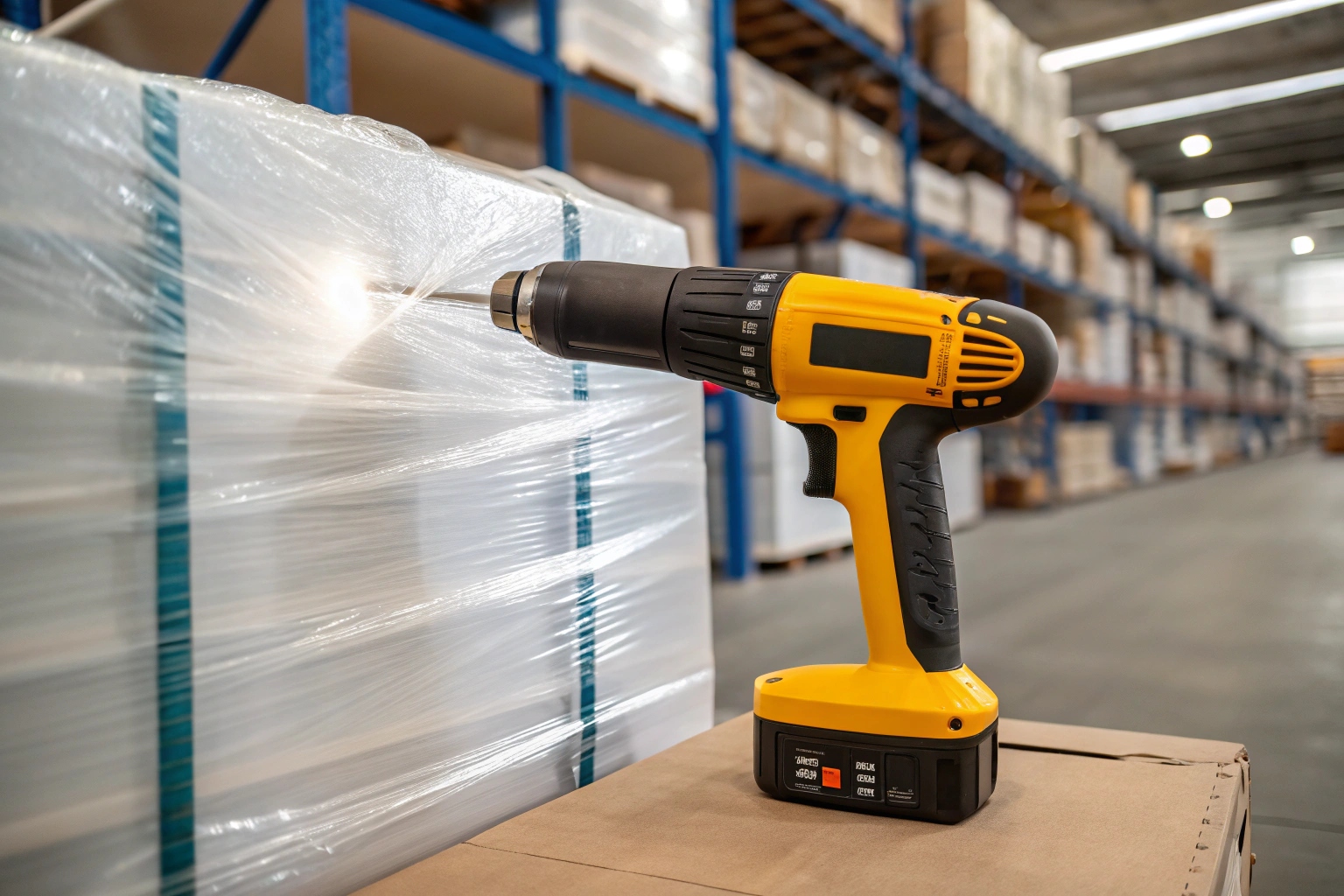
Dive Deeper: Practical applications for heat guns
- Paint Stripping: Heat guns make it easy to soften old paint layers for effortless scraping.
- Plastic Welding: They’re perfect for DIY fixes or small-scale repairs in automotive and household projects.
- Crafting Projects: Think shrink-wrapping, embossing, or sealing crafts—great for hobbyists.
- Defrosting Pipes: If you live in a cold region, this is a game-changer during winter.
Pro Tip: Always keep the nozzle at a safe distance to avoid damaging surfaces.
What are the disadvantages of a heat gun?
Sure, heat guns are handy, but they come with their share of quirks. Let’s talk about the not-so-great stuff.
Heat guns can overheat materials, pose fire risks, and require careful handling to avoid burns.
Things to watch out for
- Overheating Materials: If used improperly, they can damage delicate surfaces like plastic or wood.
- Safety Risks: A moment of distraction can lead to burns or worse—fire hazards.
- Limited Use on Heat-Sensitive Materials: Certain materials like vinyl or rubber might not tolerate the intense heat.
Do heat guns use a lot of electricity?
If you’re budget-conscious, energy consumption is a big deal. Let’s break down the numbers.
Heat guns typically use between 1,000 to 2,000 watts, which is moderate for power tools. Cordless versions consume less energy per use.
Understanding energy usage
- Wattage Comparison: While corded models run at high wattage continuously, cordless versions optimize power.
- Battery Life: Cordless heat guns often come with efficient lithium-ion batteries1 that support extended use.
- Energy-Saving Tips: Use lower settings for smaller tasks to save battery and reduce costs2.
What are mini heat guns used for?
You’ve seen those tiny heat guns, right? What’s their deal? Let’s talk about it.
Mini heat guns are ideal for crafts, small repairs, and precision tasks requiring controlled heat.
Why go mini?
- Crafting Precision: Perfect for shrink tubing, embossing, and drying paint in tight spaces.
- Portability: Their compact size makes them easy to carry and store.
- Safety Benefits: Smaller heat guns often have better control, minimizing risks during intricate tasks.
| Mini Heat Gun Uses | Examples |
|---|---|
| Crafting | Embossing, Shrink Tubing |
| Electronics Repair | Shrinking Heat Tubes |
| Hobby Projects | Wax Sealing, DIY Crafts |
What is the difference between a torch gun and a heat gun?
Ever wondered if you could swap one for the other? It’s tempting, but let’s explore their differences.
Torch guns produce open flames for high-intensity tasks, while heat guns use controlled heat for safer applications.
Comparing features
- Heat Source: Torch guns rely on open flames, while heat guns use hot air.
- Applications: Torch guns are better for soldering or heavy-duty metal work. Heat guns shine in DIY and home repair tasks.
- Safety Factor: Heat guns are generally safer for everyday use.
| Feature | Heat Gun | Torch Gun |
|---|---|---|
| Heat Source | Hot Air | Open Flame |
| Typical Applications | DIY, Paint Stripping | Welding, Soldering |
| Safety Level | Safer | Riskier |
Conclusion
Heat guns, especially cordless models, are versatile, efficient, and worth adding to your toolkit. Whether you’re a DIY enthusiast or a professional, understanding their potential and limitations ensures you’ll get the most out of them.

